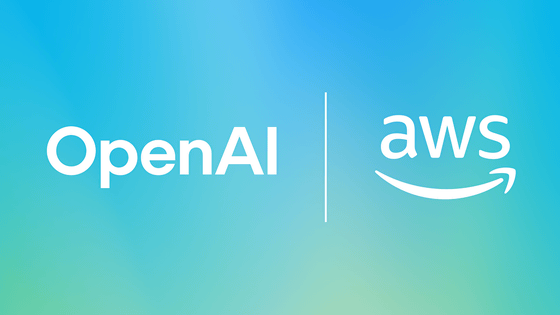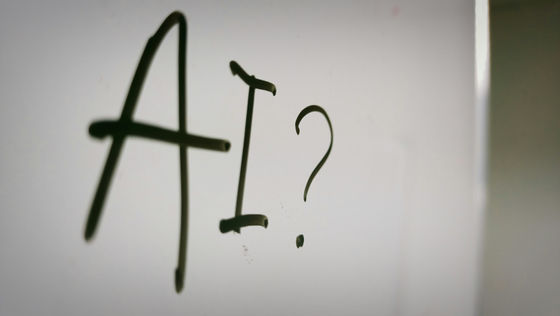OpenAI is a huge money pit and needs to raise at least $32 trillion by 2030

OpenAI is expanding its influence as a pioneer in generative AI, but because it is a private company, its revenues can only be estimated. The Financial Times, a financial newspaper, introduces forecasts from megabanks that estimate OpenAI's revenues and costs, and considers future trends.
OpenAI needs to raise at least $207bn by 2030 so it can continue to lose money, HSBC estimates
OpenAI has secured funding through numerous deals with major companies, including Microsoft.
OpenAI completes fundraising of approximately 970 billion yen at a valuation of approximately 23 trillion yen, Microsoft, NVIDIA and SoftBank may participate in the round - GIGAZINE

OpenAI and Amazon sign seven-year, $38 billion strategic partnership deal - GIGAZINE

The total contract value of OpenAI's contracts with companies to date is estimated to be up to $1.8 trillion (approximately 280 trillion yen), the required computing power is expected to reach 36 gigawatts, and data center usage fees are expected to reach approximately $620 billion (approximately 96 trillion yen) per year. It is believed that unprecedented costs are being driven.
The megabank HSBC predicted OpenAI's profitability by first applying an S-curve to the number of OpenAI users, estimating that the number will reach 3 billion by 2030. This represents a significant increase from the estimated 800 million users in 2025.

Additionally, they predicted that OpenAI subscriptions would become as ubiquitous as Microsoft 365 is today, with 10% of users becoming paying members by 2030. The current estimate is 5%.
In addition to revenue from subscriptions, the company is expected to make great strides in its advertising business, which currently has almost no market share, and capture 2% of the advertising market. Furthermore, the company predicted that it would see significant growth in the development of agent-based AI and AI devices developed in collaboration with iPhone designers.
OpenAI aims to ship 100 million AI devices for everyday use faster than anyone else in history, with the first device released by the end of 2026 or in a form factor as compact and elegant as the iPod shuffle.

HSBC predicts that these factors will drive OpenAI's total revenue to $129 billion by 2030, of which $87 billion will come from search and $24 billion from advertising.
However, OpenAI's costs are also rising, and are expected to reach a cumulative total of $792 billion (approximately 12 trillion yen) by 2030. Based on these estimates, HSBC estimates that 'OpenAI will have a funding shortfall of at least $207 billion (approximately 32 trillion yen) by 2030.'

The shortfall could be lower than expected, as HSBC estimates that every additional 500 million users would increase OpenAI's cumulative revenue by $36 billion. The Financial Times noted that unforeseen events, such as OpenAI gaining more subscribers or accidentally succeeding in developing artificial general intelligence (AGI), could play a role.
HSBC said: 'We expect AI to permeate all production processes and industries, offering significant potential for productivity gains on a global scale. Some AI may be overhyped; others underhyped. But ultimately, it has the potential to far outstrip what is currently often seen as irrational capital investment spending.'
On the social networking site Hacker News, some have questioned OpenAI's proposed revenue streams, saying it is losing out to other companies in the drug discovery field and competing with Google and Meta in advertising. Others have suggested that partnerships with retailers could give the company an advantage by having ChatGPT promote specific products.
Related Posts:
in Note, Posted by log1p_kr







